New Delhi: Simultaneous polls will diminish non-quantifiable impacts on Indian gross domestic product (GDP), including uncertainty in planning and decision-making, and reduce populism, said former bureaucrat and economist N.K. Singh, a member of the high-level committee on ‘One Nation, One Election.’
Singh told Mint that frequent elections can slow down decision-making and implementation of projects.
“Taking into account the number of days for the model code of conduct, including in the third tier (panchayats and municipalities), we have got evidence that some elections or other are taking place in some states 250-300 days a year,” he said.
“This is a distraction for those in the governing process from focusing on development to managing electoral contexts,” he added.
Singh said elections frequently induce populist expenditure, which is not necessarily productive.
“The quality of public expenditure also changes. The emphasis on revenue expenditure becomes more significant than capital expenditure,” he added.
Also read | One Nation One Election needs at least 5 Constitutional amendments: All you need to know
Last month, the Union cabinet approved the proposed ‘One Nation, One Election’—aligning polls for the Lok Sabha, state assemblies, municipalities and panchayats—after approving a report by a high-level committee headed by former president Ram Nath Kovind, pitching for simultaneous polls.
The committee, which counts Singh as a member, has recommended amending the last five articles of the Constitution to enable simultaneous polls for Lok Sabha, state assemblies and local bodies in phases.
As per the recommendations of the committee, the first step towards the ‘One Nation, One Election’ is to synchronize elections for the Lok Sabha and state assemblies, following which municipal and panchayat elections are to be held within 100 days.
The recommendations also include introducing Article 324A for simultaneous elections in panchayats and municipalities, and amending Article 325 to establish a single voter roll and photo identity card for all elections.
“The next big step for the proposal would be to bring it up in Parliament for discussion. It is for the government to decide whether they will introduce it in the Lok Sabha or the Rajya Sabha,” Singh said.
“The proposal can be referred to a parliamentary standing committee or special committee for scrutiny.”
Also read | Modi govt clears ‘One Nation, One Election’ proposal: 10 key questions on simultaneous polls answered
While media reports indicate that a bill for simultaneous elections is likely to be introduced in Parliament during the upcoming winter session, the government is yet to make an announcement on it.
“At the moment, the cabinet has approved it. Based on the cabinet approval further action will be taken by the ministry of law before it is introduced in the Parliament,” Singh said.
“The process of the parliamentary committee or the special committee that follows would be to hold consultations and then submit their report to Parliament.”
However, opposition parties have called the proposal unpragmatic and impractical.
“Getting consensus from other political parties will take place when the recommendations of the standing committee become available to the Parliament,” Singh said.
“The holding of simultaneous elections to the House of the People (Lok Sabha) and state assemblies will require constitutional amendments. But, if you are also looking at the third tier, panchayat and municipal bodies, it does require ratifications by the states.”
Also read | PM Modi hails ‘important step towards a vibrant democracy’ after Cabinet nod for ‘One Nation One Election’
According to a paper co-authored by Singh and Dr Prachi Mishra, a former International Monetary Fund official and currently a professor of economics at Ashoka University, holding simultaneous elections can result in higher average real GDP growth and lower inflation.
“The findings suggest relatively higher public spending post-simultaneous election episodes, spending that is skewed towards capital compared to revenue, and higher overall investment. These mechanisms are consistent with the evidence for relatively higher growth post-simultaneous elections,” said the paper titled ‘Macroeconomic impact of harmonizing electoral cycles: Evidence from India.’
“These can be explained by direct channels such as the fewer number of days subject to election-related restrictions, but also due to indirect channels operating through lower uncertainty, with spillovers from public to private investment and the broader economy,” it added.
India’s GDP grew 6.7% in the last April-June quarter (Q1, FY25) compared to 8.2% a year ago, reporting the slowest growth in five quarters.
The slowdown was attributed to a lack of economic momentum during the general election, muted government capital expenditure and an uneven monsoon.
Catch all the Business News, Politics news,Breaking NewsEvents andLatest News Updates on Live Mint. Download TheMint News App to get Daily Market Updates.
MoreLess

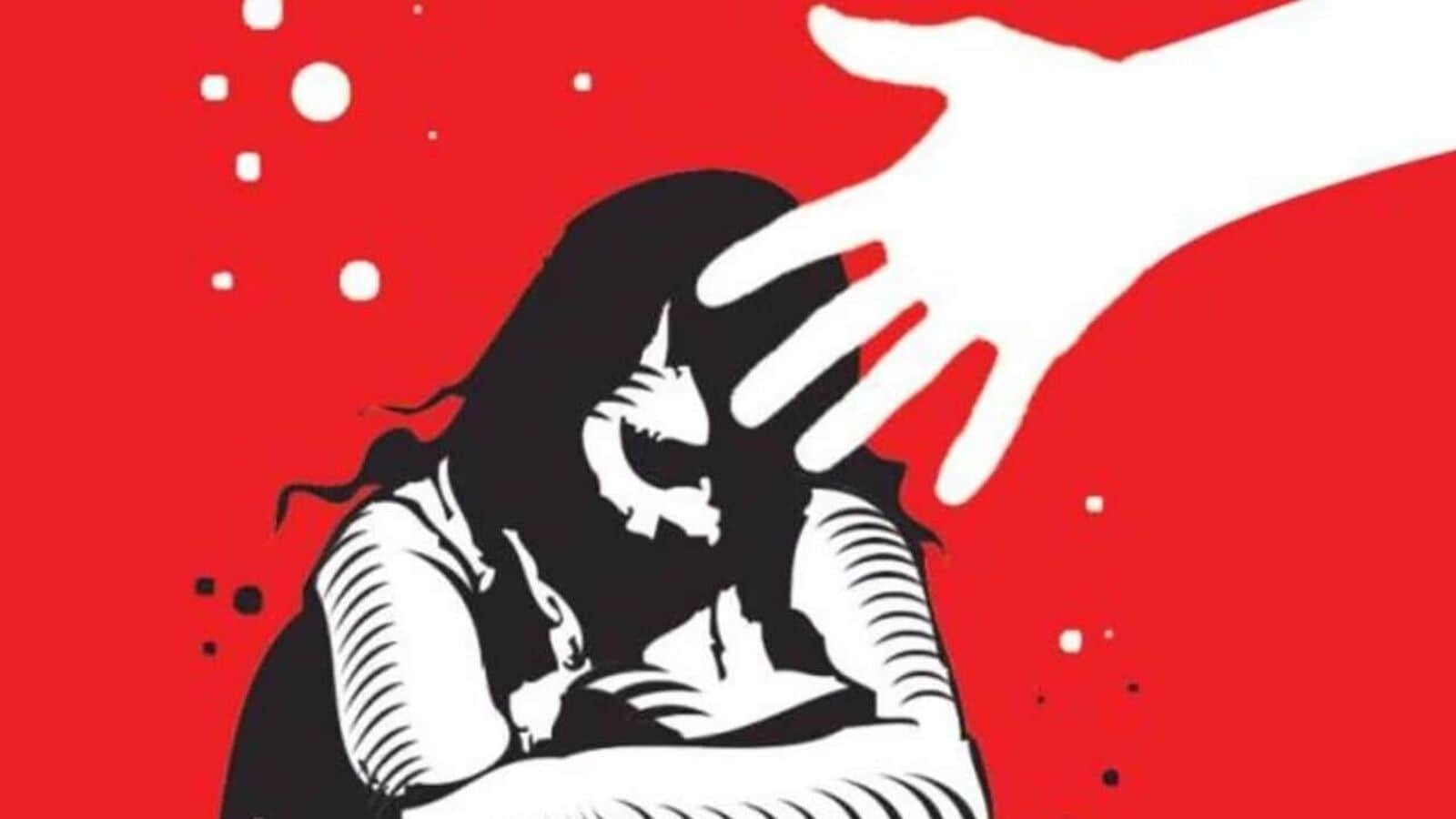
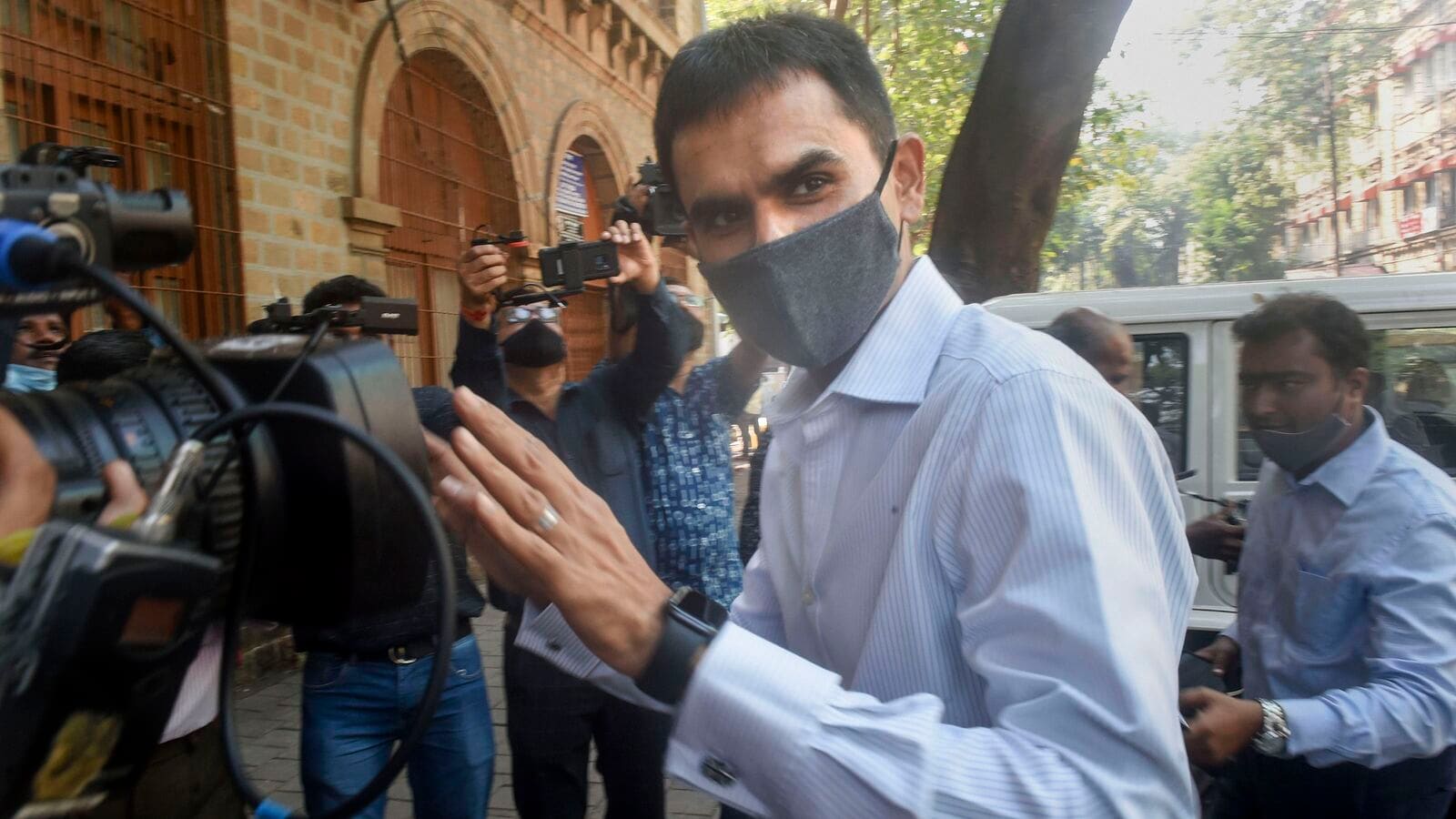
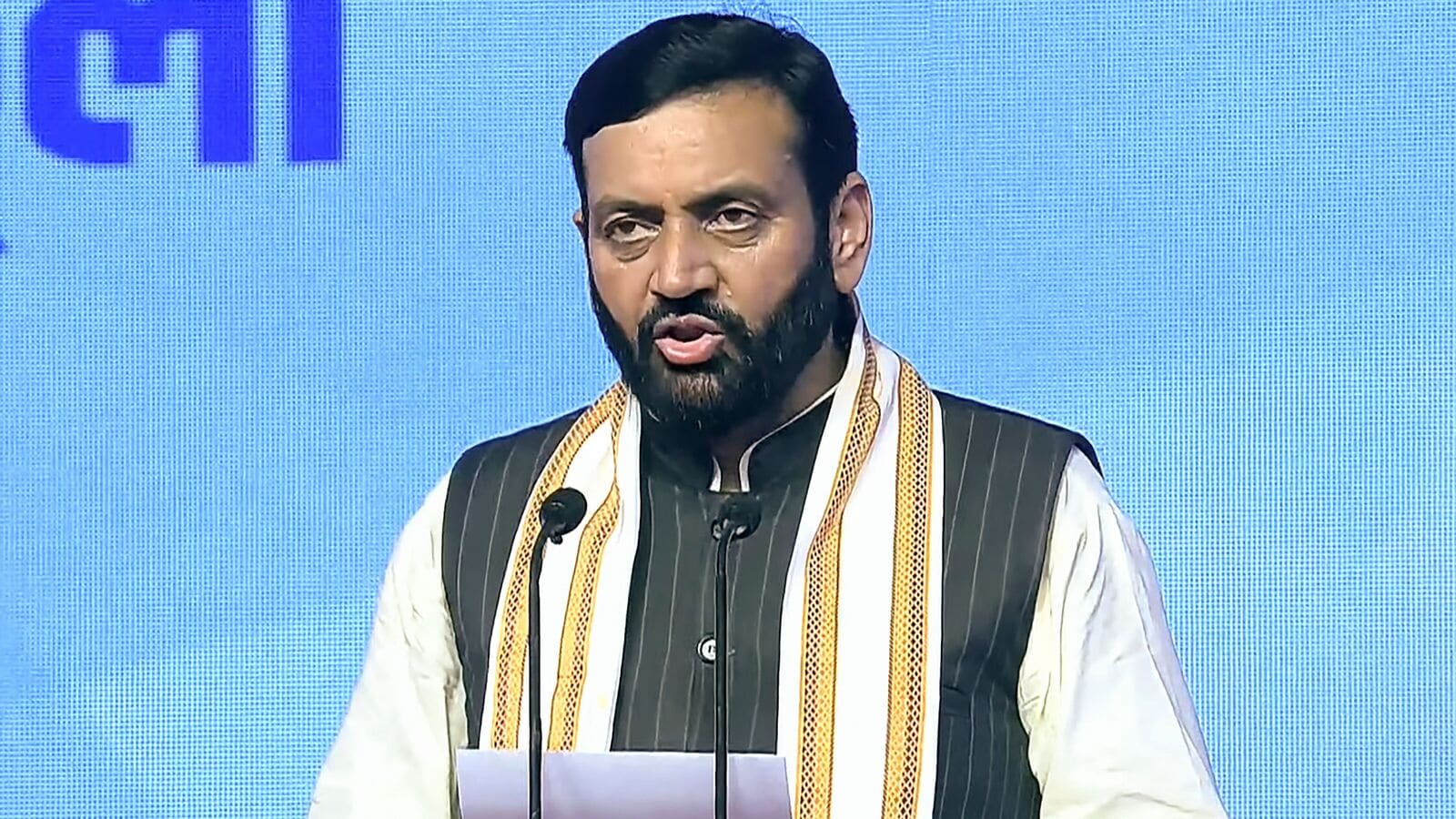
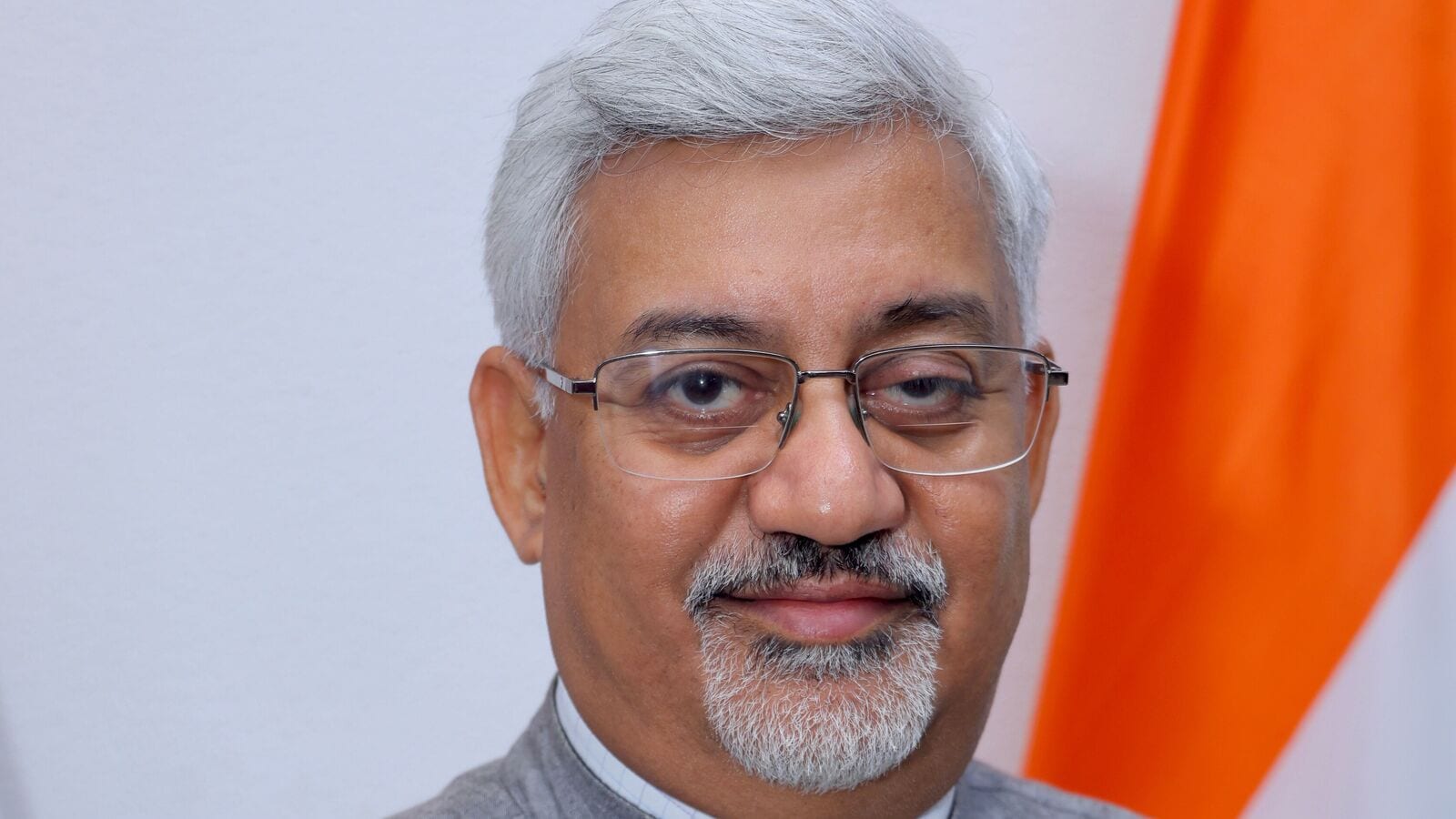
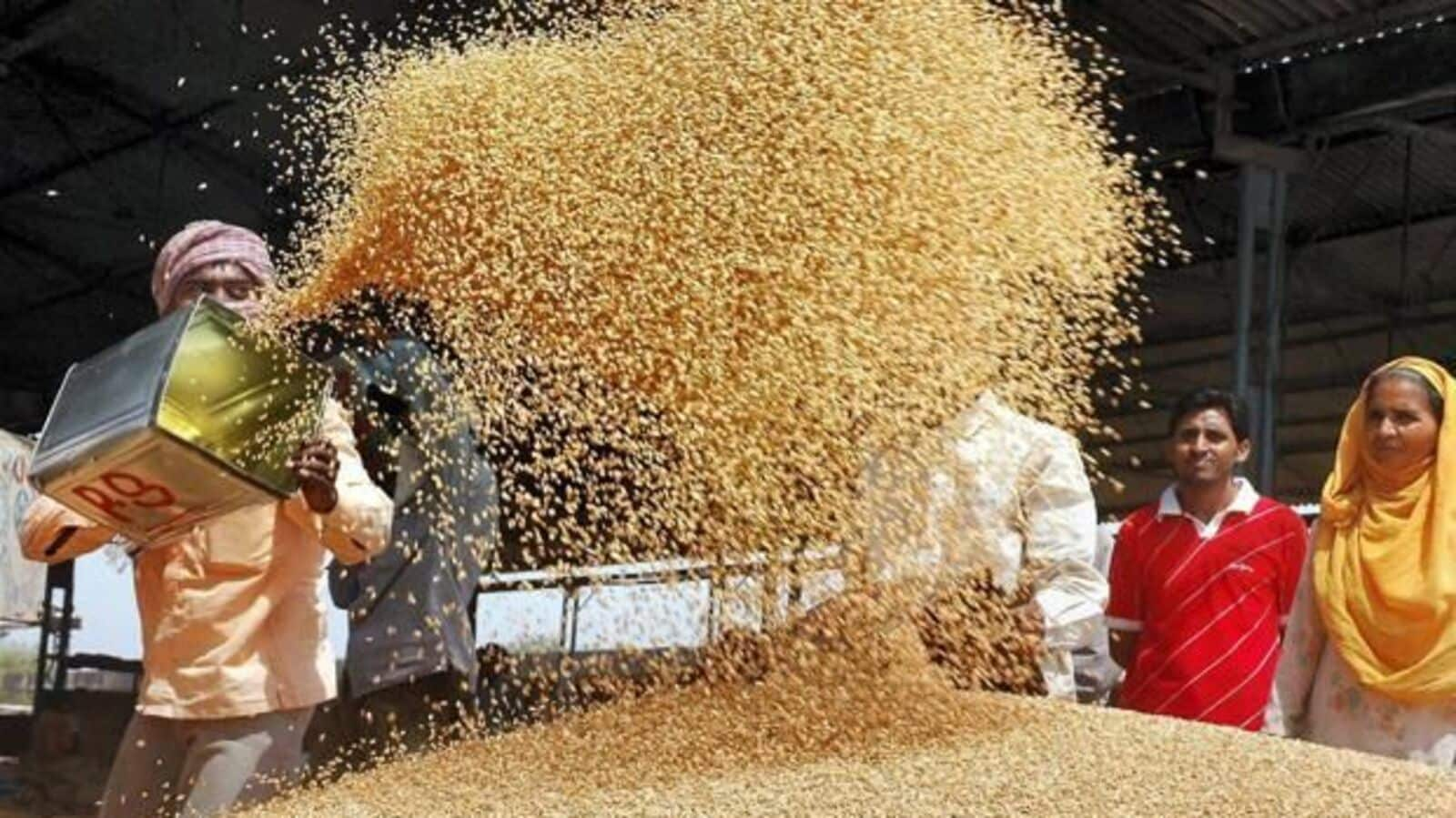

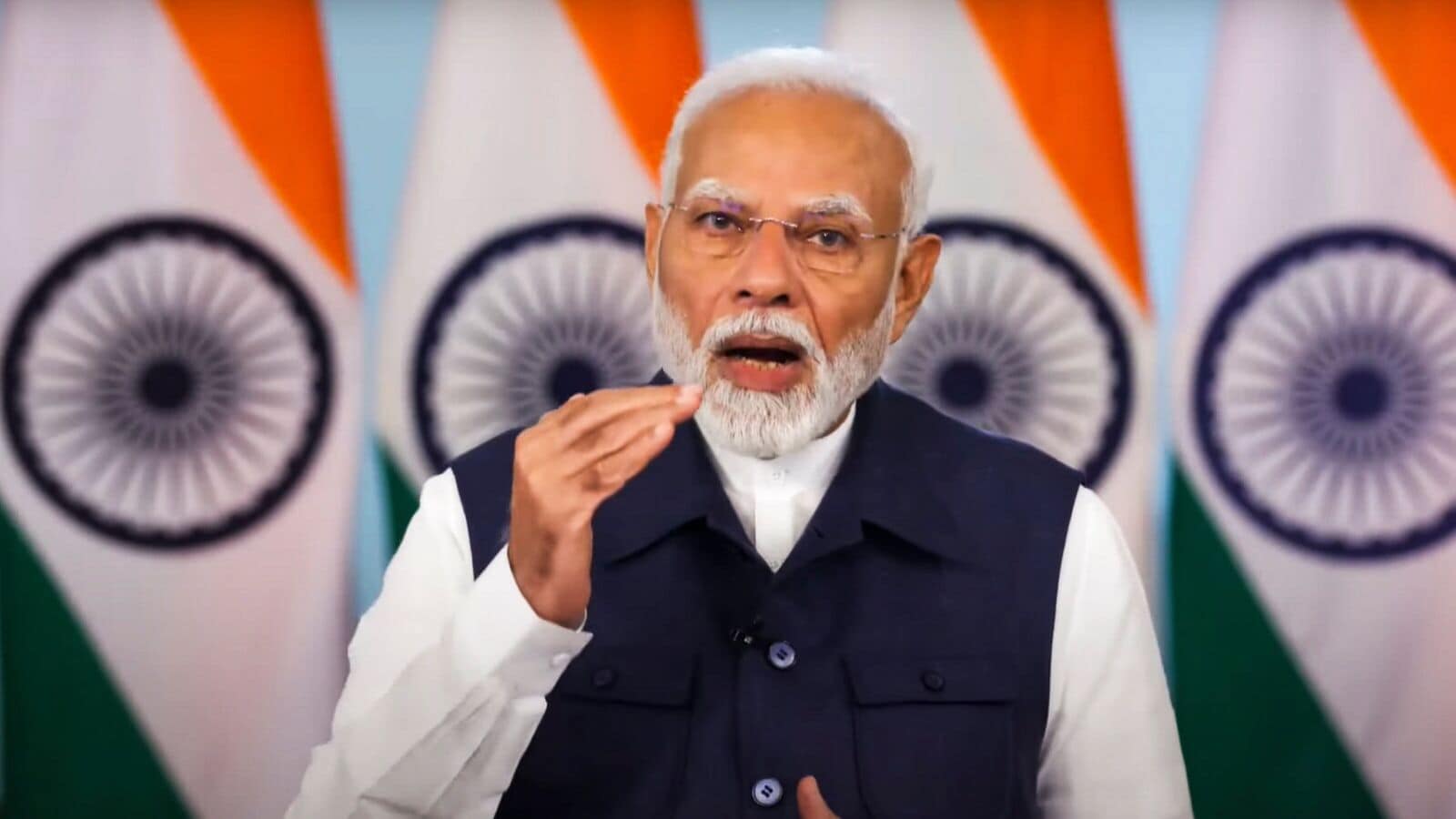
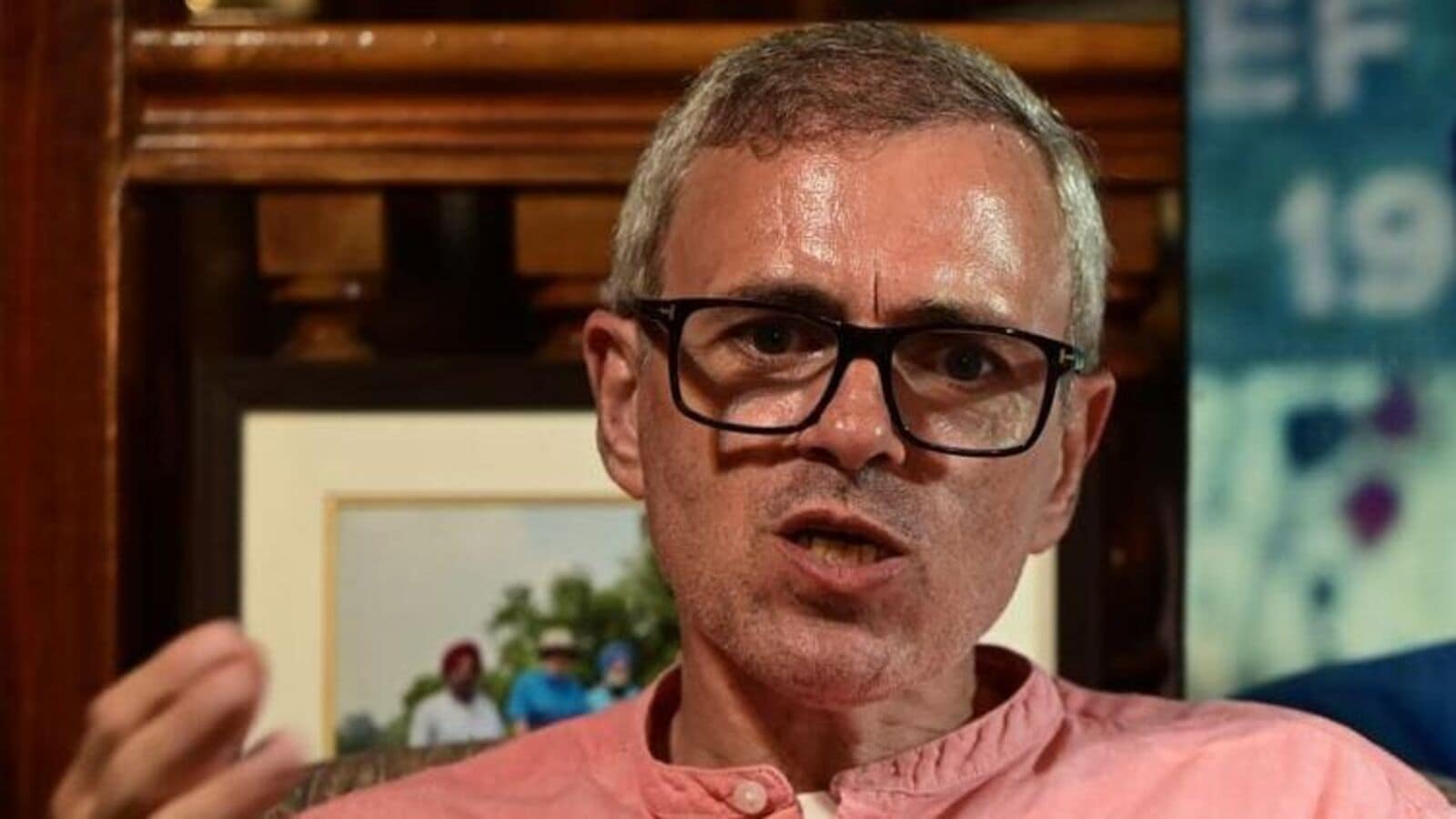

Leave a Reply